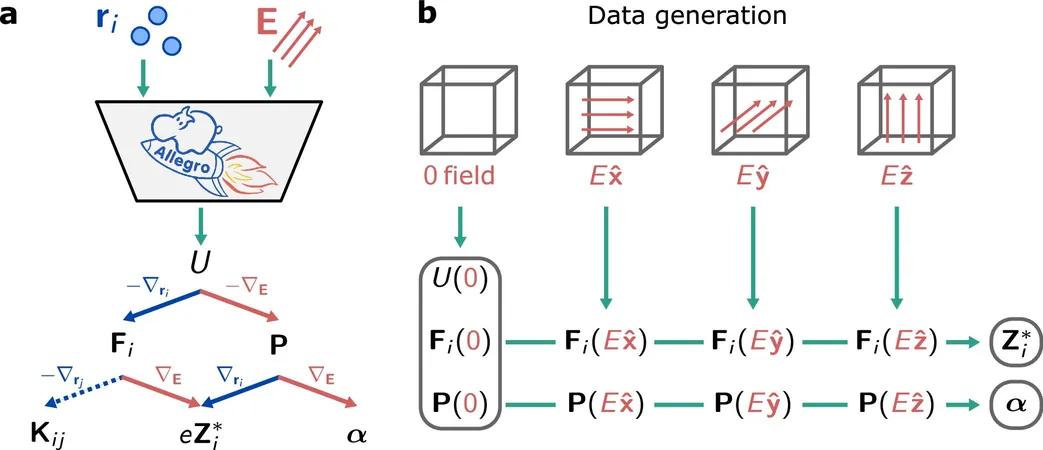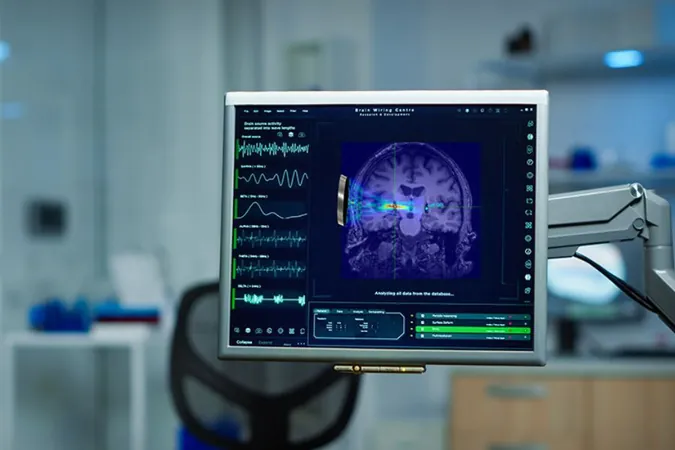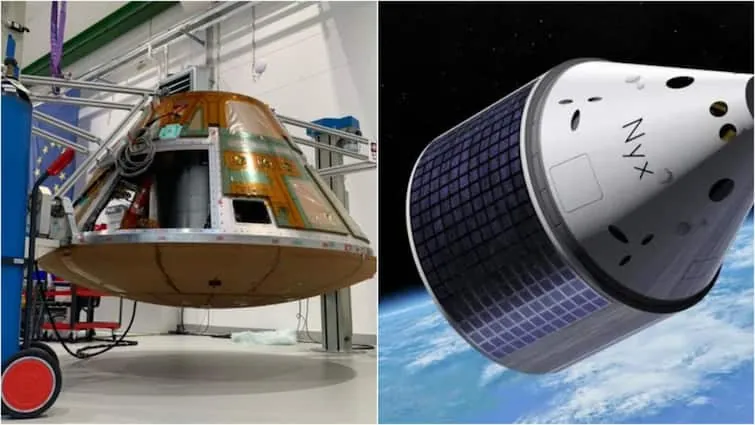
Revolutionizing Material Science: Predicting Electric Responses with Machine Learning
2025-06-09
Author: Olivia
Groundbreaking Advances in Material Simulations
Scientists at Harvard's John A. Paulson School of Engineering and Applied Sciences (SEAS) are on the brink of a transformative breakthrough in material science. They've developed a cutting-edge machine learning framework capable of simulating the electric response of materials at an unimaginable scale—up to a million atoms. This unprecedented power vastly exceeds traditional quantum mechanical methods which can only handle a few hundred atoms.
A Game Changer for Materials Research
This innovative framework paves the way for highly accurate large-scale simulations of how various materials respond to different external stimuli. Such advancements could revolutionize the design of advanced materials and enhance technology in energy production and storage.
The Genius Behind the Research
The trailblazing research, published in *Nature Communications*, was led by Stefano Falletta, a former postdoc under the guidance of Boris Kozinsky, a respected figure in Materials Science and Mechanical Engineering at SEAS. Their work addresses a significant gap in the field: the ability to study quantum behaviors of larger materials while maintaining the precision of density functional theory (DFT), which has dominated atomistic simulations for over three decades.
The Challenge of Existing Methods
While DFT is known for its accuracy, its computational demands limit it to smaller systems. Recent endeavors to expand its capabilities using machine learning have encountered hurdles, particularly in accurately modeling responses to external changes due to overlooking vital physical symmetries and conservation laws.
Introducing Allegro-pol
To overcome these challenges, the researchers developed a novel machine learning method that integrates various quantum properties, such as energy and polarization, into a single generalized potential energy function. By leveraging DFT calculations for training, their model successfully incorporates external field effects while adhering to fundamental physical principles.
Expanding Horizons in Material Discovery
Dubbed Allegro-pol, this new framework springs from an earlier neural network architecture, Allegro, which was capable of modeling atomic forces with impressive accuracy. Falletta aimed to enhance Allegro's functionality by not only simulating real-time molecular dynamics but also understanding the effects of external forces like electric fields on atom behavior.
Unlocking New Possibilities
This revolutionary understanding is crucial for discovering next-generation ferroelectric and dielectric materials, pivotal for non-volatile memory, capacitors, and energy storage technologies. As Falletta states, traditional physics-based methods are limited to small atom counts, whereas machine learning methods can scale up to hundreds of thousands, even a million atoms.
Proven Results
The validity of their approach was demonstrated through simulations showcasing the infrared and electrical properties of silicon dioxide and the temperature-dependent ferroelectric switching in barium titanate.
A Bright Future Ahead
Falletta, who has since joined Radical AI to further accelerate materials discovery, believes that models like the one developed at SEAS could propel machine learning-enabled materials science into new frontiers, revealing possibilities that are just beginning to emerge.









 Brasil (PT)
Brasil (PT)
 Canada (EN)
Canada (EN)
 Chile (ES)
Chile (ES)
 Česko (CS)
Česko (CS)
 대한민국 (KO)
대한민국 (KO)
 España (ES)
España (ES)
 France (FR)
France (FR)
 Hong Kong (EN)
Hong Kong (EN)
 Italia (IT)
Italia (IT)
 日本 (JA)
日本 (JA)
 Magyarország (HU)
Magyarország (HU)
 Norge (NO)
Norge (NO)
 Polska (PL)
Polska (PL)
 Schweiz (DE)
Schweiz (DE)
 Singapore (EN)
Singapore (EN)
 Sverige (SV)
Sverige (SV)
 Suomi (FI)
Suomi (FI)
 Türkiye (TR)
Türkiye (TR)
 الإمارات العربية المتحدة (AR)
الإمارات العربية المتحدة (AR)